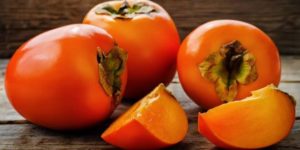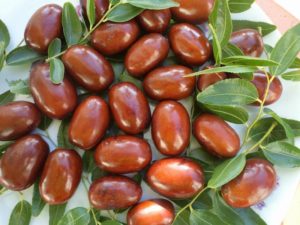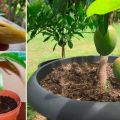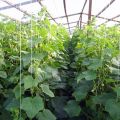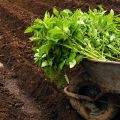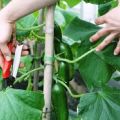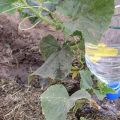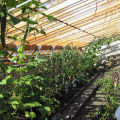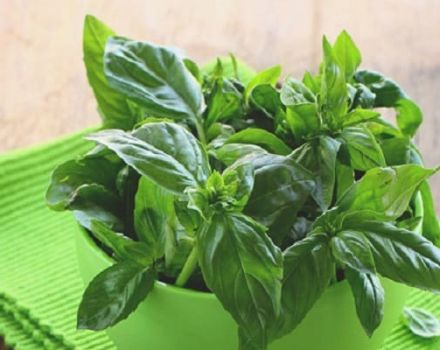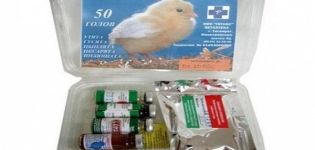Description of Alfonso mango varieties, reproduction and care at home
Mango Alfonso is gaining more and more popularity with gardeners. The fruit is famous for its soft, sweet and unusual taste. The pulp is juicy, tender. They make preparations for the winter from mango, consume it fresh, decorate desserts with it and add it to baked goods. It contains a large amount of minerals, vitamins, enzymes. Mango helps to improve digestive function, heart function, and boosts immunity. To safely grow the Alfonso variety, you should familiarize yourself with its features.
Breeding history of the variety
Mango originated in India and got its name from Duke Alfonso d'Alubukerke. This is a Portuguese adventurer who arrived in Goa in 1504. The variety is also called the "king of mango". More than 130 varieties of this crop are grown in India, but this type is especially popular. It is raised for personal consumption or for sale. This is a favorite variety of residents of the UAE, India, Egypt, Africa.
The merits and demerits of culture
Alfonso, although he is the "king" among his fellows, gardeners have found several disadvantages in him. There are more positive features, but familiarization with the shortcomings will help you learn all the nuances about the variety.
| pros | Minuses |
| The taste is sweet, juicy, delicate | The tree bears fruit 10 years after planting |
| Long-term keeping quality of fruits | The culture is exotic, cultivation is possible only if there is a greenhouse or in a room |
| The variety tolerates transportation well over long distances | Demanding ground, climatic conditions |
| The harvest is stable, the fruits are of a presentation | The plant exhibits weak resistance to diseases, harmful beetles |
Where is it recommended to grow
Mangoes are widely grown in a home or greenhouse. In the first variant, the plant usually does not bear fruit, but grows as a room crop for decoration. Trees are planted in shelters in the South and mid-latitudes. In the northern regions, mangoes will not take root, the exotic fruit does not tolerate frost well. Choose a place protected from drafts, well-lit by the sun.
Characteristics and description of Alfonso mango
Fruits of Alfonso are medium in size, length about 10 cm, weight - 300 g. The pulp is orange-saffron, easily separated from the bone.The skin is deep yellow with an orange sheen. The surface is glossy, shiny, soft to the touch, covered with a wax coating. If the fruit is ripe, the skin is fed when pressed, but not deeply crushed. Inside there is a ribbed, yellowish-white, hard bone. It is flat, oval, slightly elongated. It contains a starchy seed, it will give only 1 shoot.
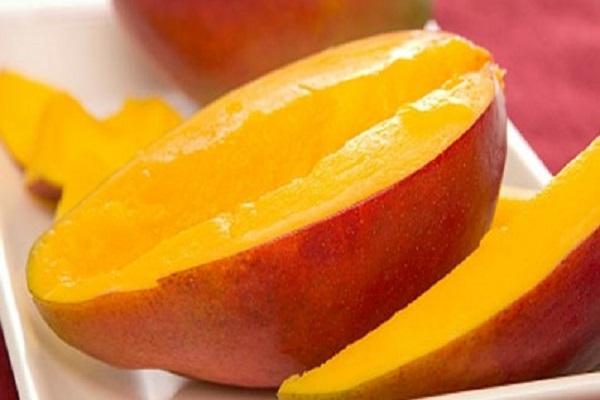
Height and dimensions of the crown of the tree
Trees during pollen create a romantic atmosphere. They are covered with pinkish flowers with panicles 40 cm long, emitting a sweet, rich amber. Their scent is similar to that of lilies. Mango is widely used in landscape design because of its marvelous flowering in the design of parks, squares, backyard areas, private greenhouses, winter gardens.
The tree grows up to 35 meters high in the tropics, but if grown in a greenhouse or at home, the height will be up to 2 meters. They live an average of 300 years. Leaves reach 30 cm in length, yellow or pinkish color, especially at a young age. Adult foliage is deep green.
Pollinators, flowering and fruiting
The Alfonso variety requires a number of pollinators. These include bats that feed on pollen, beetles, butterflies, flies, wild bees, wasps, ants. Domestic bees do not play a role in mango pollination. The tree blooms from December to April, the petals are pale pinkish or yellow. Fruiting occurs 10 years after planting, but continues for 200-300 years.
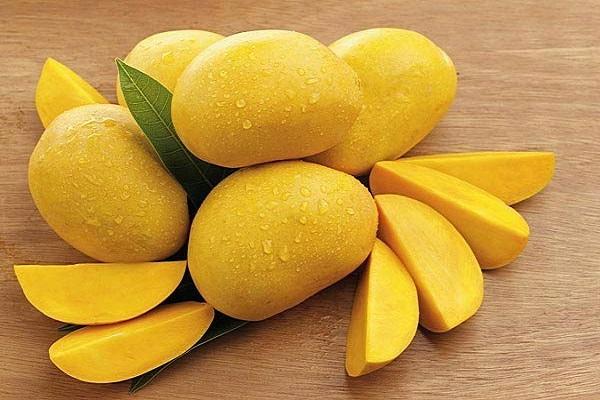
Collection and application of fruits
Alfonso mango fruits ripen for 4-5 months, they are harvested from mid-May to July 15. The crop is widely exported to the CIS countries from India, Africa, UAE, Pakistan and other eastern states. Due to the exquisite taste of mango, it is quickly sold out. The inhabitants of Russia rarely grow such an exotic culture, but you can do good business on it.
Mangoes are more expensive than standard fruits and vegetables. Juicy fruits tolerate transportation well, are preserved for a long time and do not lose their original appearance.
Resistant to low temperatures and drought
Mango does not tolerate cold weather, trees grow normally at temperatures from 20 degrees Celsius. Since their homeland is warm countries, they require growing in a greenhouse or at home. Dry periods are poorly tolerated by trees, even if they are short-lived. If it is a prolonged drought, the plant may die out.
Susceptibility to diseases and pests
Mango has a weak resistance to diseases and beetles. Exotic culture should be treated with special means for prevention. With proper care, plant immunity increases.
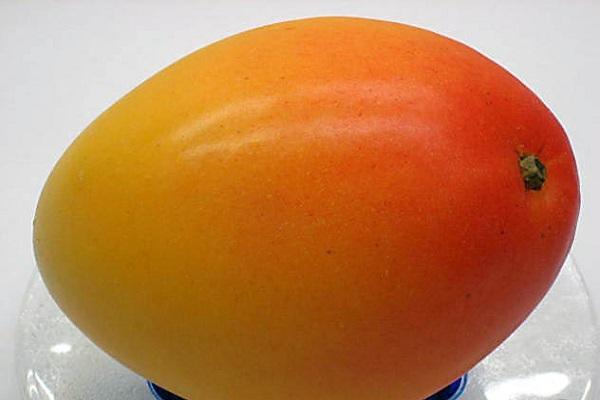
How to plant a mango on the site
Mango is planted in greenhouses or at home in 2 ways:
- germination from seeds;
- cuttings.
Each method has its own pros and cons, but the first option is more popular.
Timing, suitable climate and soil
It is advisable to plant mangoes at the end of April. A climate suitable for tropical plants is present in the South. In mid-latitudes, the landing is postponed to the end of May. It is not recommended to plant a mango in autumn, since a young mango will not survive frost.
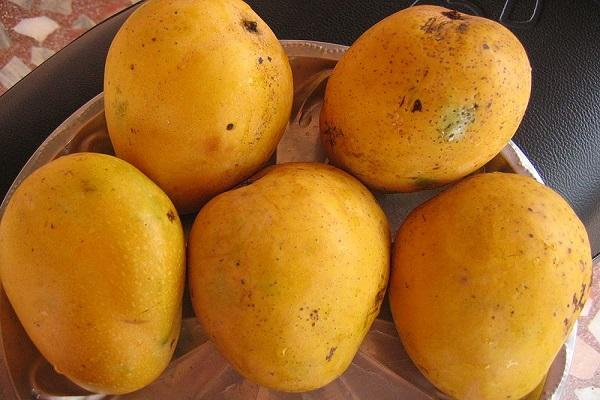
Mango prefers to grow on light, loose, sandy or clayey soil. You can use a mixture for succulents with the addition of small pebbles, expanded clay or universal soil, combined with sand 2: 1.
Sprouting from seed
Mango seedlings are quite vulnerable at the beginning of life, it is better to plant the seeds in a permanent place in a pot. This method is more suitable for home conditions.
- An exotic culture does not tolerate stagnant water; drainage at the bottom is required to drain excess moisture. To do this, pour a 5 cm layer of expanded clay, grated brick.
- Fill the container 2/3 with universal fertilizer, moisten the soil and let the water drain.
- Sprinkle the seed flat side down, carefully cover with soil.Press down lightly on the ground so as not to damage the germinated seed.
- After planting, water the plant abundantly.
The leaves will begin to set in 2-4 weeks. Some are purple while others are green.

We grow by cuttings
The cultivation of mago by cuttings is usually carried out in a greenhouse. It involves the following steps.
- Remove the mango from the container with the earthen ball. The procedure can be simplified if you water it abundantly 30 minutes before planting.
- The new place is filled with soil by ½, preparing drainage at the bottom.
- Carefully place the cuttings, after straightening the rhizome. The base must be at or below the ground level.
- Sprinkle the trunk circle with earth, lightly trample with a spatula. Water the plant.
After planting, make sure that the sun's rays do not fall on the plant, the place is warm. Usually they put the pot on the windowsill, they try to keep the window mostly curtained. Once the mango has sprouted and foliage, you can put it in a greenhouse.
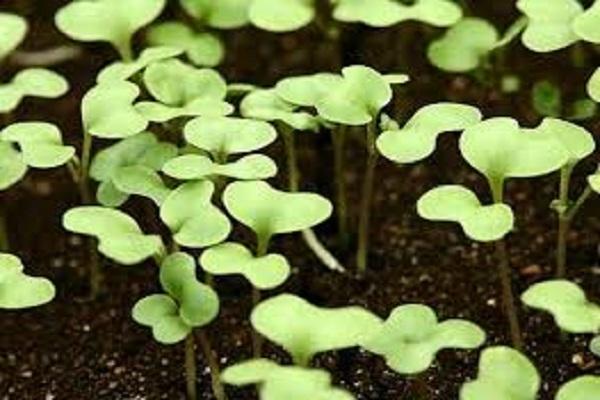
How to care for your culture
Providing the proper conditions for the mango will not require careful maintenance. It is important that the mature plant receives enough warmth. With its lack, the tree weakens, its resistance to diseases and beetles decreases. Standard care involves timely watering, feeding, treating the trunk circle, preventing diseases and insect attacks.
Watering frequency and fertilization
Mango does not tolerate drought and dry air, you need to regularly water it with settled water, maintain a humidity level of 70-80% in the room. Do not get carried away with over-spraying the foliage, they are susceptible to fungus and mold. It is advisable to irrigate only the soil.
In the form of fertilizers, biohumus and nitrogen-containing compounds are taken, used for growing persimmons or citrus crops.
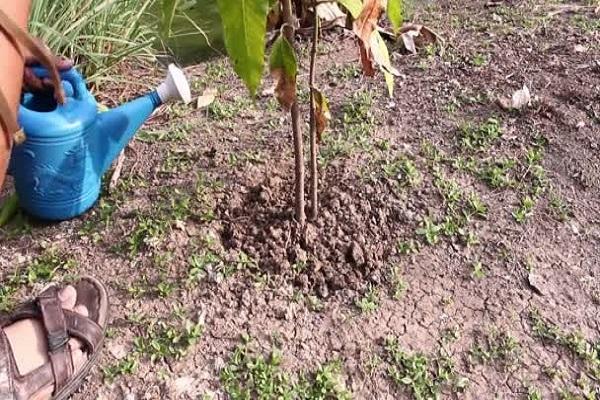
Barrel circle care
If we are talking about a tree growing in a greenhouse, add organic matter to the trunk circumference 2 times a year. It includes manure, rotten leaves. They are bred in 5 liters of water.
Formative pruning
Mango reacts positively to pruning, the procedure helps the crown regenerate quickly. The event is carried out when the tree reaches 1.5 meters up. Form the crown 1-2 times a year to keep it in good shape and adjust the size. The branches thickening the bush are removed, damaged and dried specimens. The central shoots are shortened to the desired length. Mangoes are broadly shaped like a ball, pyramid or spreading bush.
Preventive treatments
Tropical plants are often exposed to diseases and require careful preventive treatments. Mangoes are commonly attacked by spider mites and thrips. Among the diseases, powdery mildew, anthracosis and bacteriosis are noted. You should fight ailments with the help of fungicides, insecticides.
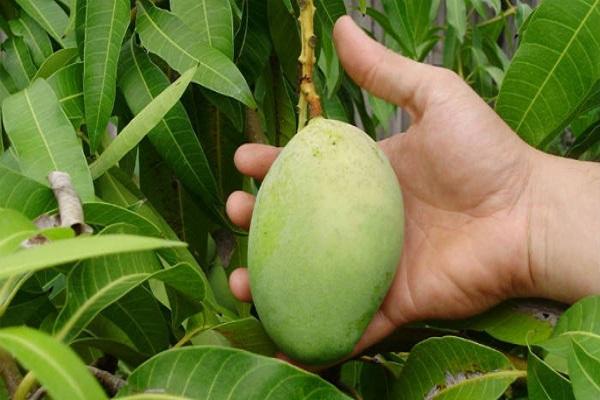
How to properly cover plants for frost
Mango is covered in greenhouse conditions with a metal frame covered with burlap. The material must be breathable. At home, you do not need to insulate the plant, but only place it on the windowsill, where there is a battery under the bottom.
Variety reviews
Feedback from people growing mangoes in a room or greenhouse is divided. Some do not recommend growing a crop, because at home, the tree does not bear fruit. Others are happy with the plant and use it as a decoration.
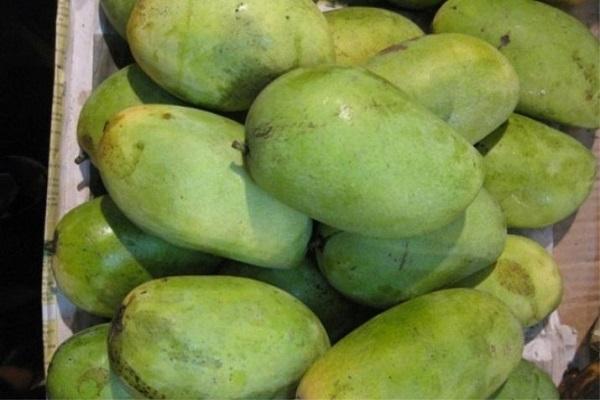
Roman Lopyrev, 58 years old, Dnipro.
Hello! Growing mangoes at home for fun. The tree did not bear fruit, I take care of it as a houseplant. Alfonso bloomed in March, with very beautiful flowers.
Ivan Morozov, 66 years old, Yalta.
Greetings to all! A neighbor recommended growing Alfonso's mango in a greenhouse. I decided to plant 2 trees with cuttings. There was no harvest yet, because I planted a tree in the summer of 2018. I'm waiting for pollen.

